Focus on fats
Dairy cows are capable of producing the highest quality natural food — milk — from roughage and concentrated feed. Milk fat is an important component of milk that adds value. Approximately half of the fatty acids in milk fat come from the activity of rumen bacteria and the other half from feed fat. Both sources are strongly influenced by the composition of the feed.
Almost all feed in dairy cow rations contains fat – but in varying concentrations and with varying fatty acid compositions. Unsaturated fatty acids in particular are subject to conversion by rumen bacteria, which has significant consequences for the metabolism of dairy cows. In the past, almost all nutritional recommendations for dairy cows have evolved to include protein and assessment based on amino acids. Scientific studies show that taking the fatty acid profile into account in ration calculations could also lead to a better assessment of the nutritional status of dairy cows.
The composition of milk fat is very complex
Milk fat is present in milk in the form of small, coated droplets of triglycerides. It forms an oil-in-water emulsion and is produced in the udder. With over 400 different fatty acids identified, milk fat is one of the most complex natural fats. Almost all of these fatty acids occur only in trace amounts; only about 15 different fatty acids occur in significant quantities of over 1%. The proportion of saturated fatty acids (without double bonds) is around 65–70%, while the proportion of unsaturated fatty acids (C18:1, C18:2, C18:3) is around 30–35%. Fatty acids with a length of up to 16 carbon atoms (C16:0) can be synthesized by the cow itself. In this so-called de novo synthesis, the even-numbered fatty acids C4:0 to C14:0 are produced in their entirety, as well as about half of the C16:0 (palmitic acid). This formation takes place mainly in the udder from the precursors acetate (acetic acid) and beta-hydroxybutyrate/butyric acid, which are produced in the rumen during the microbial digestion of feed (see Figure 1). The propionic acid formed in the rumen serves as a precursor for glucose formation and thus forms the basis for the synthesis of milk sugar (lactose). A functioning rumen flora is therefore essential for high milk yield. The other half of the C16:0 (palmitic acid) and the C18 fatty acids do not originate from the dairy cow’s own metabolism, but come directly from the feed ration or the mobilization of body fat.
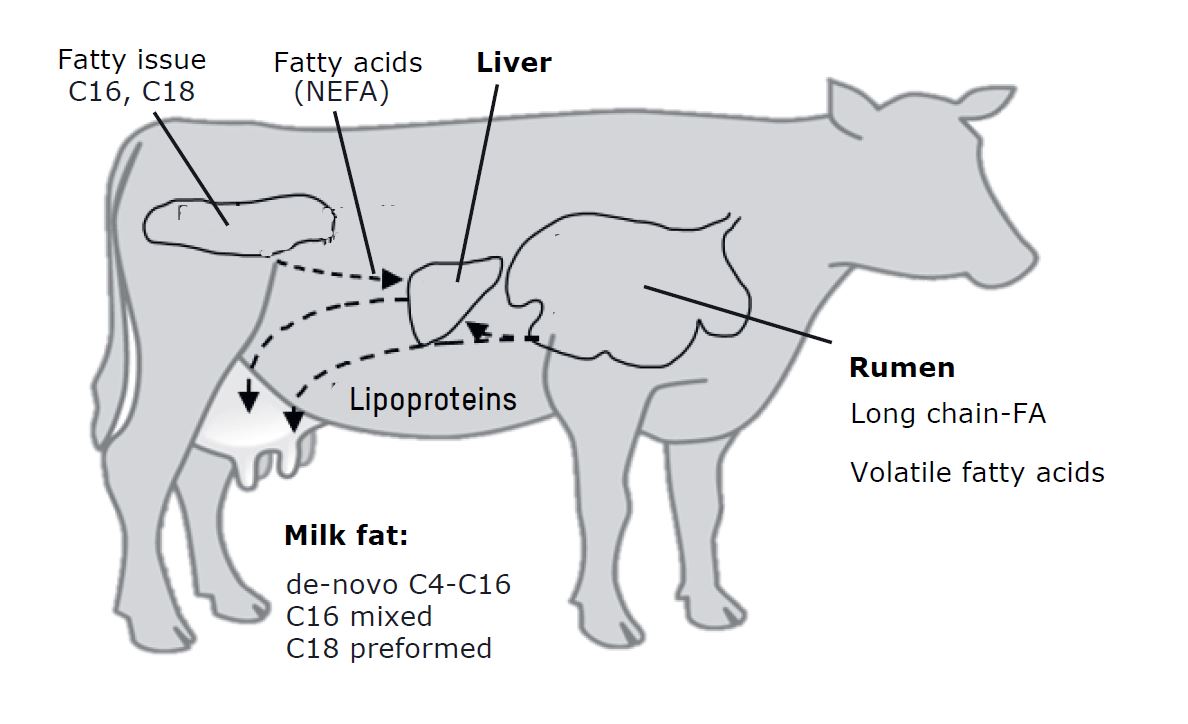
Figure 1: Milk fat – origin of the fatty acids
Not all fatty acids survive in the rumen
Fats are found in almost all feed for dairy cows. However, both the concentration and the fatty acid profile vary significantly. The proportion of unsaturated fatty acids in particular is very high in many feeds. Grass silage, legumes, and linseed mainly contain linolenic acid (C18:3) and linoleic acid (C18:2). Corn silage and rapeseed, on the other hand, mainly provide linoleic acid (C18:2) and oleic acid (C18:1). These fatty acids are usually available in the rumen and are modified by rumen microbes. A summary by Boerman et al. (2015) showed significant changes in the fatty acid pattern from the feed intake to the discharge into the small intestine (see Figure 2). The majority of the unsaturated fatty acids (oleic acid, linoleic acid, linolenic acid) ingested do not “survive” microbial digestion in the rumen. These figures are based on numerous studies with a wide variety of rations – with and without the addition of vegetable oils, oilseeds, and palm- or rapeseed-based calcium soaps. Calcium soaps are not able to protect unsaturated fatty acids from conversion or hydrogenation in the rumen. Under the pH conditions prevailing in the rumen, the soaps break down and release the fatty acids. The rumen microbes convert the (poly)unsaturated fatty acids in the feed into stearic acid. This process is called “biohydrogenation” Boerman et al. (2015) showed that approximately 90% of linolenic acid, about 80% of linoleic acid, and over 70% of oleic acid are converted to stearic acid in the rumen. Palmitic acid and stearic acid, on the other hand, are saturated fatty acids that pass through the rumen unchanged. In contrast to the fatty acid pattern of the feed ration, the fatty acid pattern available for digestion in the small intestine has a much higher proportion of stearic acid.
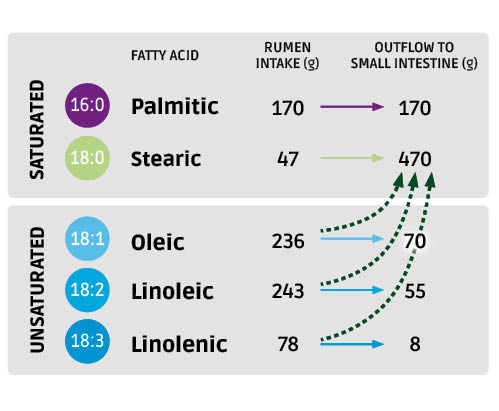
Figure 2: Fatty acid flow through the rumen, after Boerman et al., 2015; mod.
Biohydrogenation alters rumen bacteria flora
The process of biohydrogenation is a natural protective mechanism, as unsaturated fatty acids in high concentrations are toxic to many rumen bacteria. Depending on the bacterial population, there are two different predominant pathways for the conversion of fatty acids during biohydrogenation (see Figure 3). The resulting intermediate products (“trans” fatty acids) differ in the position of their double bonds and their effect on the metabolism of dairy cows. The “normal” pathway of biohydrogenation, for example of linoleic acid, leads via the intermediate stage cis-9-trans-11 CLA (conjugated linoleic acid) to stearic acid. This intermediate stage has no influence on milk fat synthesis in the udder.
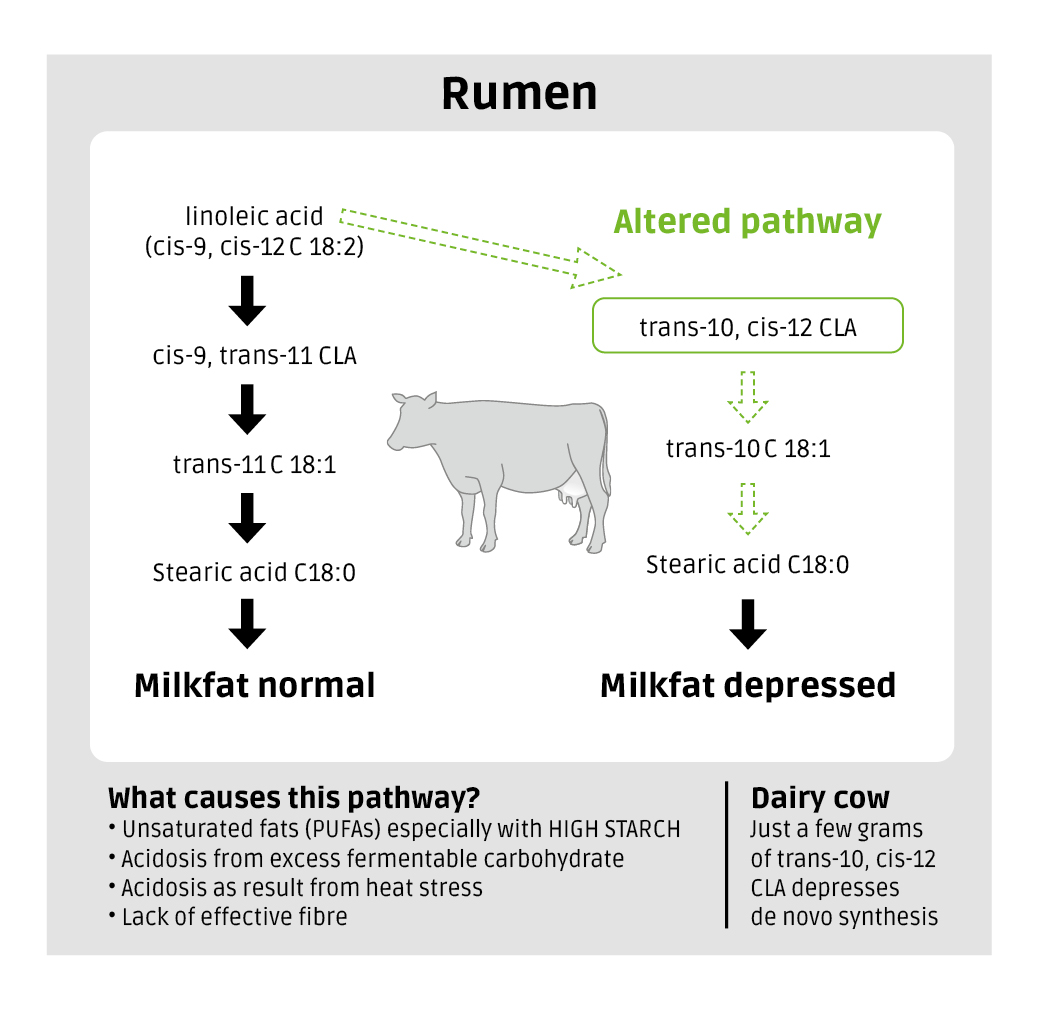
Figure 3: Alternative pathways of biohydrogenation in the rumen (Griinari and Baumann, 1999)
Excessive amounts of unsaturated fatty acids and a low rumen pH – caused by excessive amounts of rapidly fermentable carbohydrates e.g. starch and sugar – shift biohydrogenation to an alternative pathway.
This produces trans-10, cis-12 CLA as an intermediate stage and simultaneously inhibits complete biohydrogenation to stearic acid. Even small amounts of trans-10, cis-12 CLA inhibit the formation of new milk fat in the udder. Natural formation via the alternative biohydrogenation pathway is always accompanied by impaired rumen metabolism (acidosis!) and cannot be specifically controlled. Targeted use of the fat-lowering effect and all associated metabolic consequences is possible via the approved feed additive methyl ester of conjugated linoleic acid (t10, c12-CLA, No. 4d895) in a rumen-protected form (BEWI-FATRIX® CLA). This does not interfere with rumen fermentation, and the amount used can be adjusted to control fat reduction.
RUFAL value estimates unwanted milk fat reduction
The relationship between excessive feeding of unsaturated fatty acids and milk fat reduction (Milk Fat Depression, MFD) is described by the RUFAL value (Jenkins et al., 2009). The total amount or content of unprotected unsaturated fatty acids in the feed (“Rumen Unsaturated Fatty Acid Load,” RUFAL) provides information about the influence on rumen fermentation and thus about the potential for unwanted milk fat reduction.
The RUFAL value includes unsaturated fatty acids and is calculated as the sum of oleic acid (C18:1), linoleic acid (C18:2), and linolenic acid (C18:3). High levels of unsaturated fatty acids are often initially attributed to concentrate feed or fat powders. However, due to the amount fed daily and their high proportion in the ration, the basic feedstuffs contribute significantly to the total amount of unsaturated fatty acids in the rumen (RUFAL) (see Table 1).
| Feed, typical values | Fat content (g/kg DM) |
Oleic acid (% in fat) |
Linoleic acid (% in fat) | Linolenic acid (% in fat) |
RUFAL (% in fat) | RUFAL (g/kg DM) |
| Silage maize | 35 | 19.2 | 47.7 | 8.3 | 75.2 | 26 |
| Silage grease | 40 | 3.8 | 20.0 | 44.3 | 68.1 | 27 |
| Maize meal | 45 | 24.1 | 55.7 | 1.6 | 81.4 | 37 |
| Brewer’s grains | 90 | 14.6 | 48.9 | 4.6 | 68.1 | 61 |
| Calcium soaps | 840 | 36.0 | 9.8 | 0.9 | 46.7 | 392 |
Table 1: Fatty acid composition of individual feedstuffs and RUFAL values
Just 8 kg DM per day of corn or grass silage provides more than 200 g RUFAL per day. Due to their insufficient rumen protection, calcium soaps also have high RUFAL values – with almost 50% in fat or around 400 g per kg DM. Studies by Chilliard et al. (2009) showed that extruded linseed, with its high alpha-linolenic acid content, does not provide sufficient protection against biohydrogenation. At the same time, negative effects on dry matter intake and a significant, undesirable reduction in milk fat content were observed.
The intake of unprotected unsaturated fatty acids (RUFAL) should be limited to 600 to 650 g per day or 3% of dry matter. However, recent studies by Mannai et al. (2016) show that the effect of increasing RUFAL values increases continuously. There is therefore no real limit for the content or quantity of unsaturated fatty acids. It is recommended to keep the RUFAL value as low as possible to avoid negative effects on the milk fat content. Many laboratories offer the determination of fatty acids and the calculation of the RUFAL value when analyzing basic feedstuffs. This allows the risk of an unwanted reduction in milk fat to be assessed when calculating rations.
No increase by rumen-protected fat powders
Rumen-protected fat powders based on palm or rapeseed (BEWI-SPRAY®) enable the supply of additional energy via triglycerides and fatty acids without causing negative effects on the milk fat content. This allows the energy content of rations for high-performance cows – especially in the first third of lactation – to be increased in a rumen-friendly and metabolism-supporting manner without displacing basic feed. The unsaturated fatty acids in fat powders are rumenprotected and therefore do not increase the RUFAL values of the ration. During digestion in the small intestine, they are completely available in their original structure for digestion and metabolism. Targeted control of milk fat content – utilizing potential positive effects on fertility and metabolism – is possible with t10, c12-CLA (approval no. 4d895) in BEWI-FATRIX® CLA without impairing the activity of rumen microbes. The efficient use of alpha-linolenic acidrich linseed oil in dairy cows is also possible as part of a rumen-stable fat powder (BEWI-SPRAY® Omega) without disrupting the natural process of rumen metabolism.
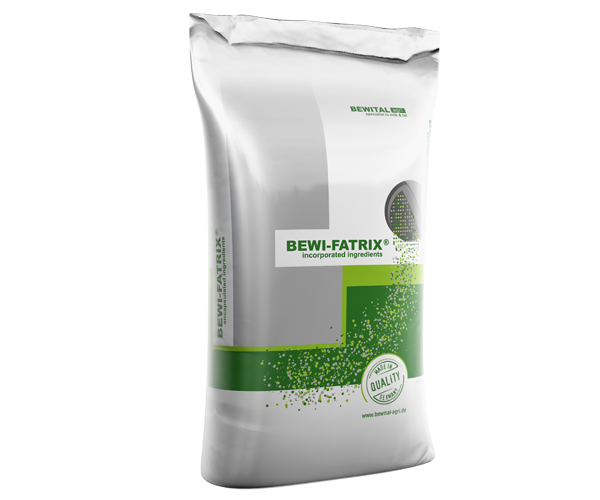
Rumen-protected fat powder with conjugated linoleic acid (CLA)
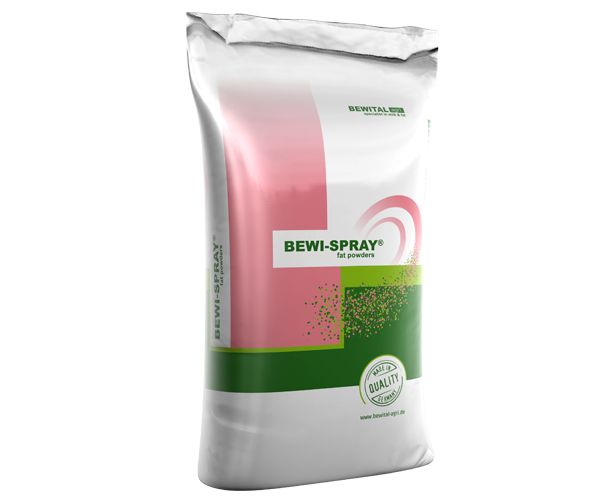
Rumen-stable fat powder with natural linseed oil
Here's something else that may interest you:
-
Milk fat – Composition and origin of fatty acids
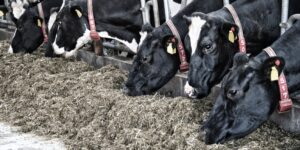
Dairy cows convert roughage and concentrate feed into milk, one of the most valuable natural foods. The fatty acids in milk fat originate from two main sources: about half is produced by rumen bacteria, while the other half comes from dietary fat. Both are strongly influenced by the composition of the feed ration.
learn more -
Not all fats are the same

When using rumen-stable fats, it is important to know their special properties. Because: not all fats are the same! Products on the market differ significantly in terms of the fatty acid pattern, the manufacturing process and thus also in terms of rumen stability and digestibility. The right mix of C16:0 and C18:0 makes it work
learn more -
Early lactation is the most important period for the dairy cow
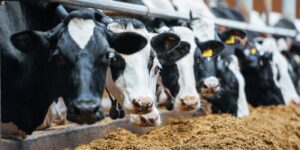
Early lactation is one of the critical phases within the lactation of a dairy cow. With reduced feed intake and at the same time increasing energy requirements, the cow falls into a negative energy balance. BEWI-SPRAY® 99 L increases milk yield and ingredients in practical use.
learn more